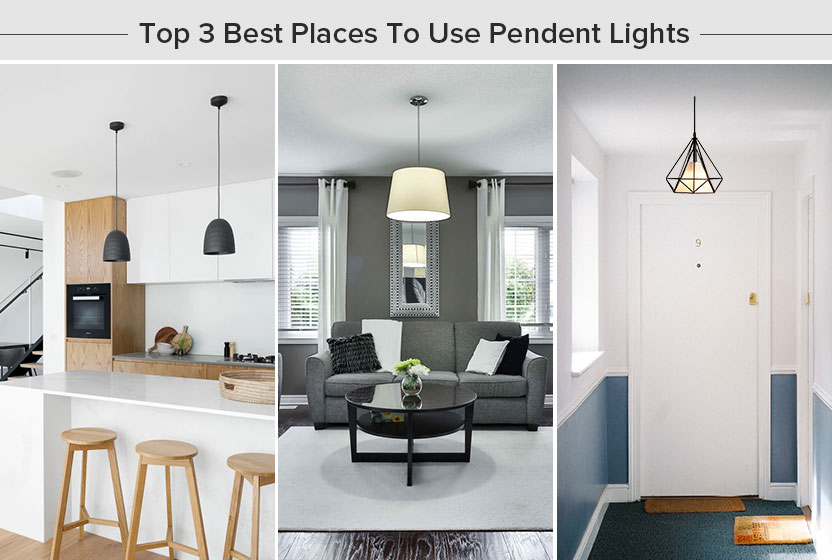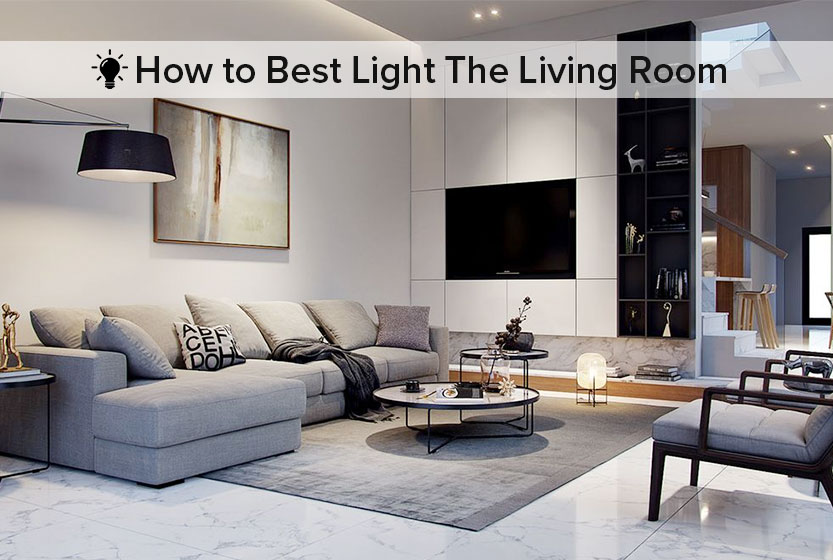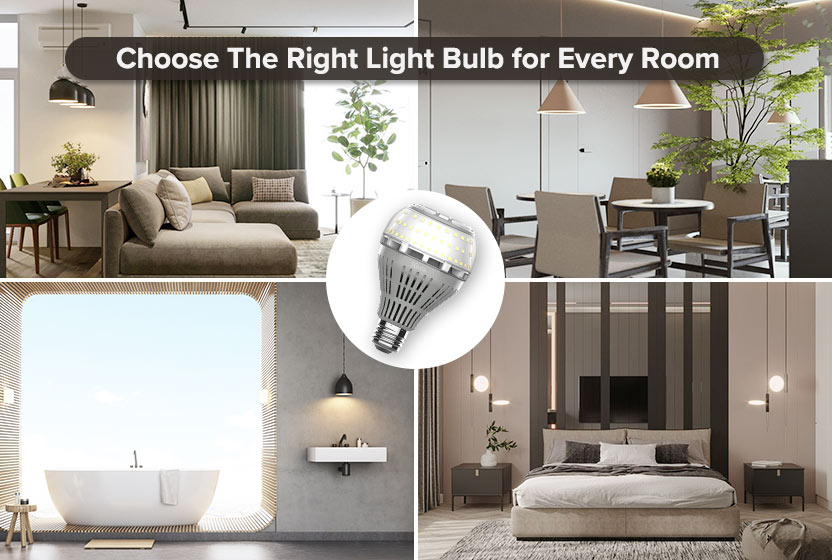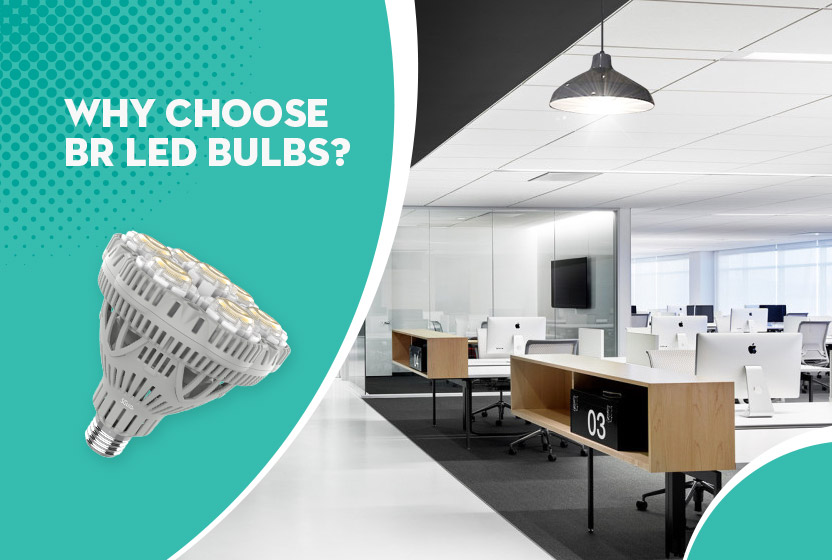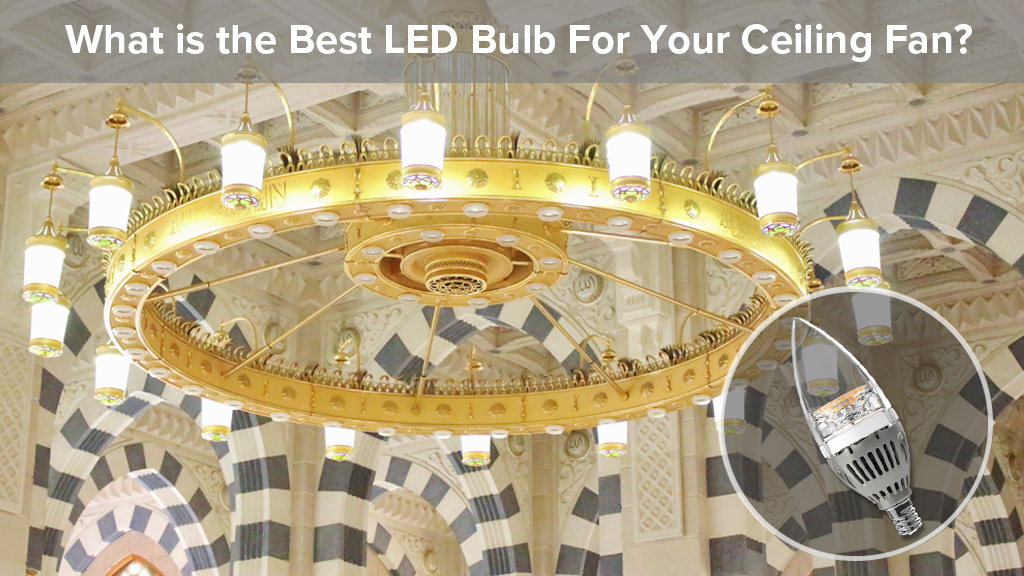Home Improvement Guide: Where To Install Recessed Lights In The Home
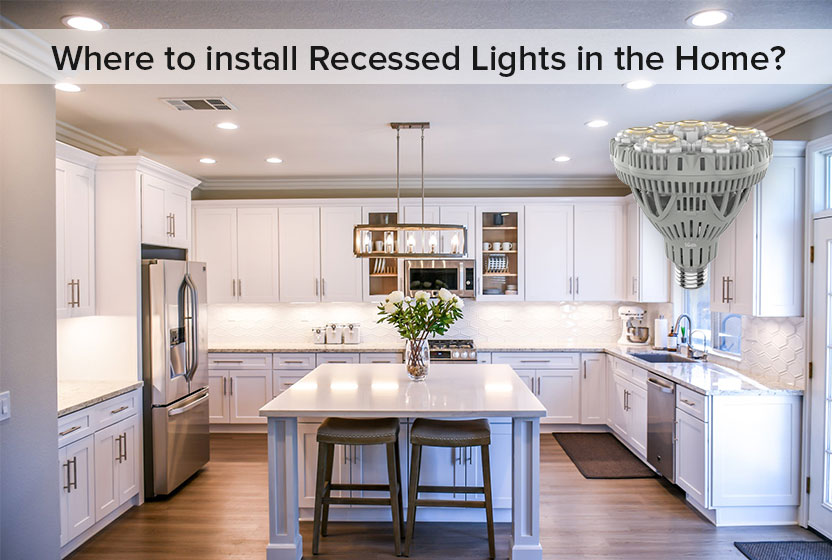
The application and layout of recessed ceiling lights can be hard to get right. The biggest risk with recessed lights is that you can end up cutting holes into your ceiling in the wrong places and need to fill them again if it goes wrong. In order to best identify where and how to installed the recessed lights in a home, you’re going to need to determine 3 main factors. The light's application, the size of the room and the placement of the lights. So, let's get bright and begin!
Recessed Lights Application
For using recessed ceiling lights, the two most common application for recessed lights would be general lighting. General lighting is the main light source in the room that is illuminating the area. They're usually overhead and provide the main light source of the room. They're not narrow specific beamed lights and provide uniform illumination for a room.
What's the Best Recessed Light for General Lighting?
BR30 and PAR30 are two types of larger recessed ceiling lights. However, each has their different applications. Although they are the same size and appear similar in design they do differ slightly.
What is the Difference between BR30 & PAR30 Bulbs?
Before we start with the differences let's state the similarities briefly. They both are the same size face, 3.75” in diameter and they have similar functions. Both recessed ceiling lights and can fit into common recessed fixture fittings. Where they begin to differ is their light beam and where they would best fit.
BR30: BR, Bulb reflectors the beam is diffused and wider, making them more suitable for general illumination. Their broader beams are better for overhead ambient lighting.
PAR30 Bulbs: Their beam is more intense and narrower, as PAR produce directional light, Unlike BR bulbs that produce soft-edged light. PAR bulb’s precise beams are more suitable for highlighting specific areas for task or accent lighting.
Size of the Room
Measure the height of your ceiling, length and width of the room then determine how many lights you may need. A very basic estimation for the number of lights your room may need for high intensity would be:
Measure the height of the room 4x4=8
Then half 8 and spread each light across the room 4ft apart. This is a generic way gyms and home garages estimate their recessed lights. And provides a rough guide for the interior of your home too.
Placement of the Lights
When it comes to recessed downlights, you need to keep them at least 2ft away from walls and corner and evenly distribute them across the room using the guided measurement. Measure the height of your ceiling first then half it. This number is the space apart each light will need to be.
This is just a guided measurement so you don't need to follow this number exactly, however it does give you some form of idea. It is important to remember that with the installation staying away from walls by 2ft and the guided space between them, you may need less lights than you first thought. When it comes to placement you need to be astute, uniform and even. Install each light exactly where it needs to be and your room will flourish!
What Are The Best Lights For Living Rooms?
SGLEDs BR30 bulbs are great for producing general illumination from recessed installations. Their beams are diffused and double reflected within the bulb to produce breader light that can illuminate wider areas. Their beam angle is 180 degrees and allows themt o cover wider spaces using less energy. These bulbs are easy to install and simple to buy. Let these lead the light in your home!
If you're looking to brighten the living room optimally, SGLEDs BR30 bulbs are basic broad bulbs that are going to save you money long term!





